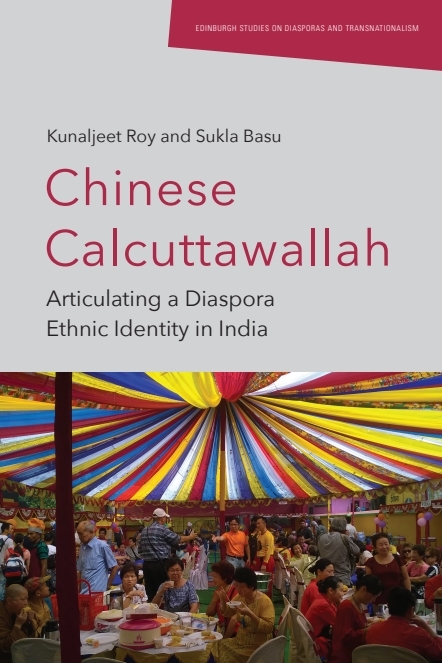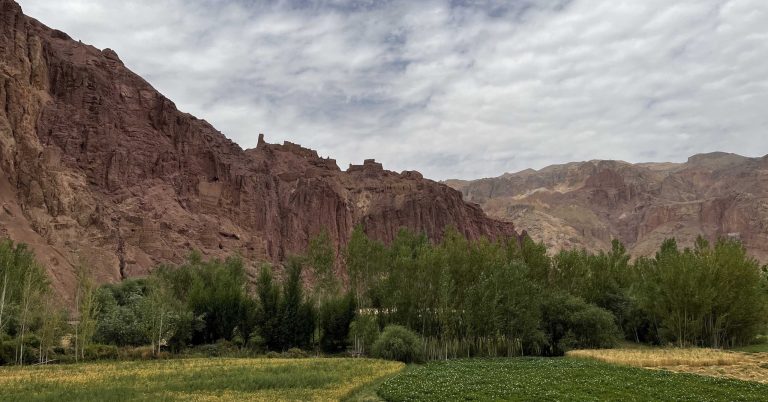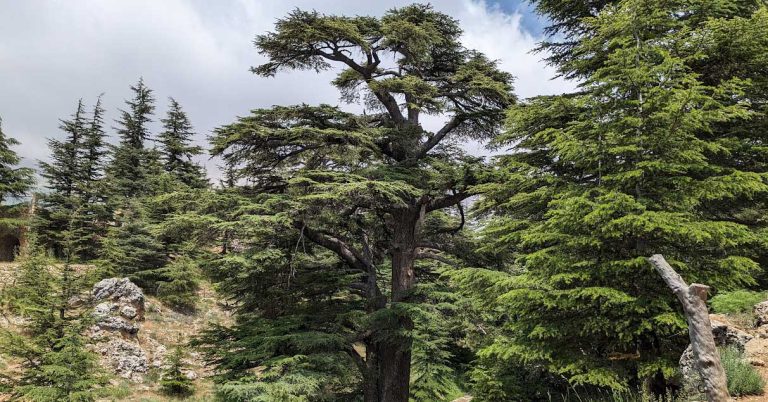
By Kunaljeet Roy and Sukla Basu

Chinese Calcuttawallah offers a comprehensive ethno-spatial study of the unique Chinatown landscapes of Kolkata.
Tell us a bit about your book
This book focuses on the everyday geography of ethnic identity and place-making by the vibrant Chinese overseas community into the cosmopolitan space of the British colonial port city of Calcutta now Kolkata. Considering the rich pluralist tradition of urban landscape formation of the city, the Chinese modified the cultural landscape towards a ‘little China’ through ‘twin Chinatowns’ of Cheenapara (old) and Tangra (new). The archival records, old literary sources, early cartographic illustrations and iconic buildings with their unique architecture are the visible Chinese footprints marking the space of Cheenapara in the colonial ‘Grey’ town of ‘Apartheid’ Calcutta and in Tangra the then peripheral part. Chinese Calcuttawallah throws light on the ethnic economy through entrepreneurship of the Cantonese, Hakkas, Hupeh and Shanghainese communities. Additionally, critical contemporary perspectives on post liberal ‘gentrification’, the recent ‘transnational’ turn of keeping the physical and virtual Indian-Chinese Diaspora identity and the changing dimensions of ‘Chinese’ ‘identity’ and ‘belongingness’ to this city-scape are also explored.
The emotional attachment between the community and the city evokes the true sense of being claimed as a ‘Chinese Calcuttawallah’, made evident through narratives of the elderly from their childhood memories mapped with perceptual spatial constructs and lived realities. Attempts of re-heritagisation are being made through preservation, restoration and promotion of cultural heritage by community associations, institutions and ethnic food and culinary diaspora links. Digital archiving, revitalisation projects and heritage (re-) making for Chinatown by both the young and old with governmental support provides hope for this City of Joy.
What inspired you to research this area?
The visible Chinese imprints, the Sunday Tirreta Bazar breakfast, the China Kali temple, the popular cuisine mushrooming across the city, the celebrations and the visibility to mainstream society influenced by social media raised our curiosity more than a decade ago.
What was the most exciting thing about this project for you?
Besides being part of a communal space of festivals and community gatherings, we were most excited to taste the truly authentic Chinese food (in Eau Chew, Big Boss, Beijing etc.) and to discover the famous Pou Chong sauces. We gained entrance into an exclusive space of their kitchen, their sacral space, their leisurely space of ‘Mahjong’ and interacted with the stars of the twin Chinatowns like Mrs. Liu, Mr. Chen, Mr. Liao and Mr. Lee. From outsiders we graduated to insiders and accessed with this familiarity a holistic knowledge on them.
Did you discover anything particularly strange or surprising?
Both being Hindus by religion, we were overwhelmed to see the visible cultural imprint and religious synthesis in the China Kali temple where the Chinese women offer prayers to Goddess Kali, the deity of fertility of Hindu faith, for child birth, and the prasad (sacred food) served with traditional Chinese dishes of noodles and dumplings. No such Chinese-Hindu temple exists in any Chinatown of the world blurring the religious boundaries and reflecting the localisation of religious beliefs. No other city has such diverse ‘twin’ Chinatowns in the world.
Did you get exclusive access to any new or hard-to-find sources?
We were given access to observe the community’s exclusive and private space of the Chinese community paying homage to their deceased ancestors on All Souls’ Day. No other outsider was present in that event, similarly in the Tangra Chinatown area with the high-walled fortified residences. Some confidential secret documents from IB (Intelligence Branch) files were also retrieved from the West Bengal State Archives.
Has your research in this area changed the way you see the world today?
The Chinese homeland is found in the architectural style of churches, schools, huiguans, restaurants, cemeteries or sacred ‘necro’ spaces are ‘place-making’ representing the perennial elements of cultural transmission from mainland China replicated and transmitted across generations into a new alien country. Mixed identities and multiple heritages of their ancestral homeland, the pan-Chinese heritage and the heritage acquired in Kolkata demonstrates the neighbourhood (re-) making across transregional spaces through diaspora.
What’s next for you?
We wish to expand our arguments on a broader palette of global diasporas into the ‘liminal’ and ‘hybrid’ spaces of diaspora belongingness by both Chinese and Indian diasporas with their extensive presence in this hyper-globalist world. We want to study their importance in global ‘soft’ diplomacy, considering their growing influence in both the socio-political and economic institutions of the ‘host’ nations.
About the authors

Kunaljeet Roy is an Assistant Professor in the Department of Humanities and Social Sciences at the Birla Institute of Technology and Science (BITS) Pilani, Hyderabad Campus, Telangana, India. He received a doctoral degree in Geography (2022), awarded by West Bengal State University. His research areas focus on urban geography, migration and diaspora Studies, emotional cartography, and urban history.
Sukla Basu is serving as Professor at the Department of Rural Studies at West Bengal State University, Barasat, Kolkata. She was the former Associate Professor in Geography at West Bengal State University, Barasat, Kolkata. She was awarded the title of ‘Siksha Ratna’ in 2021 by the Government of West Bengal.






